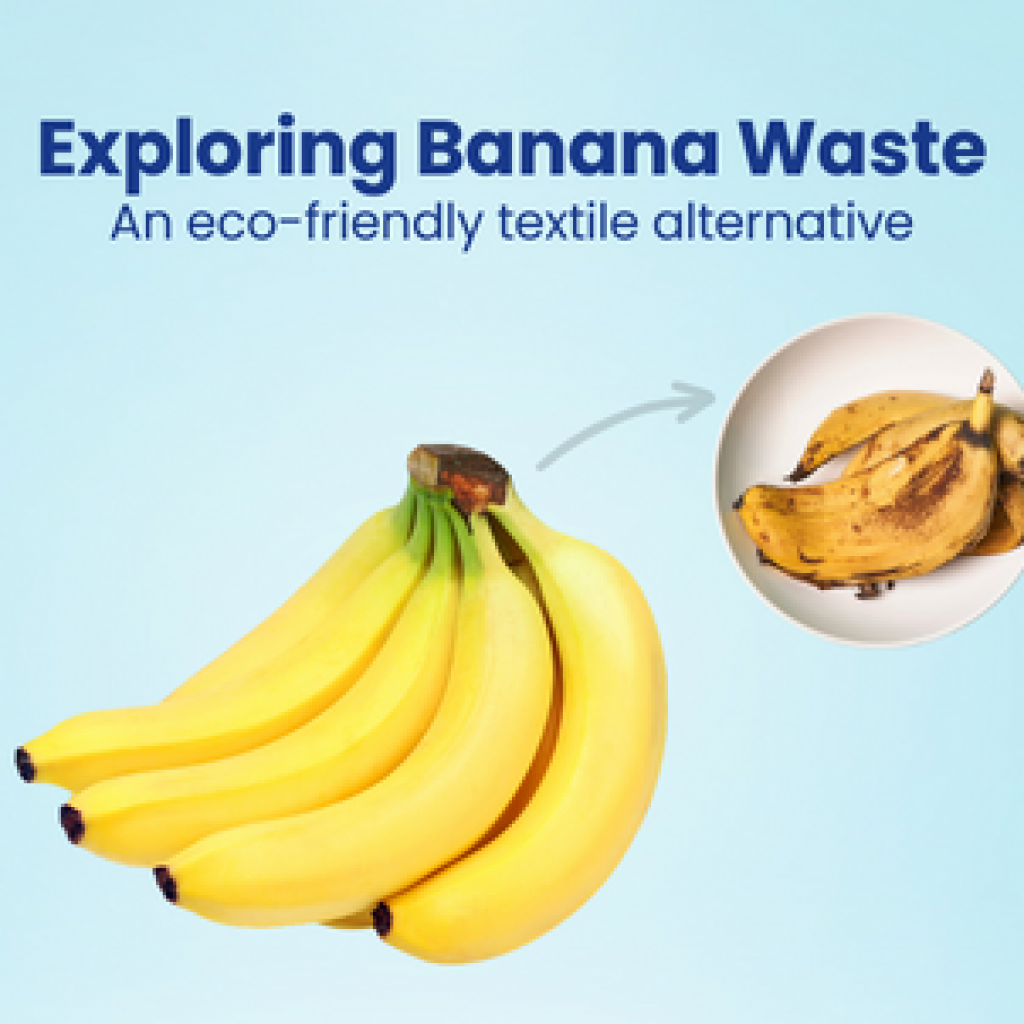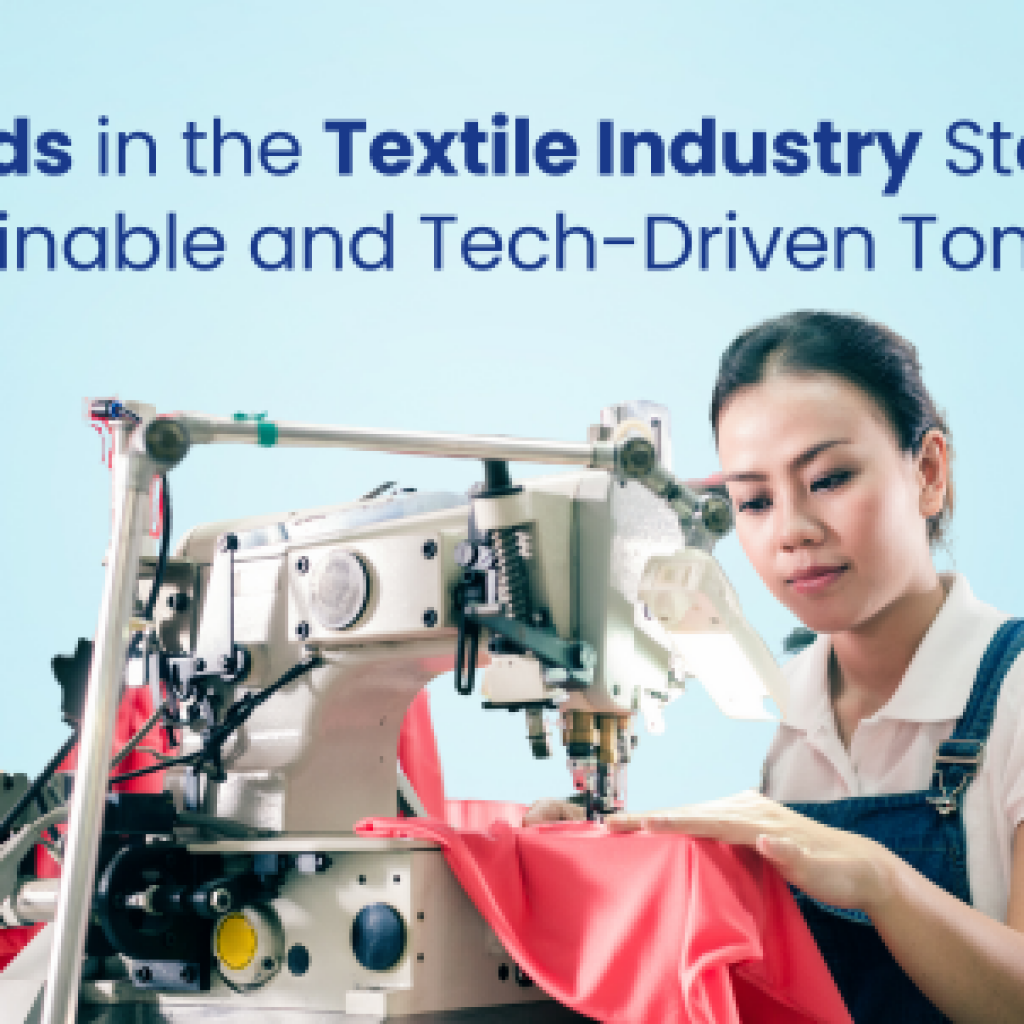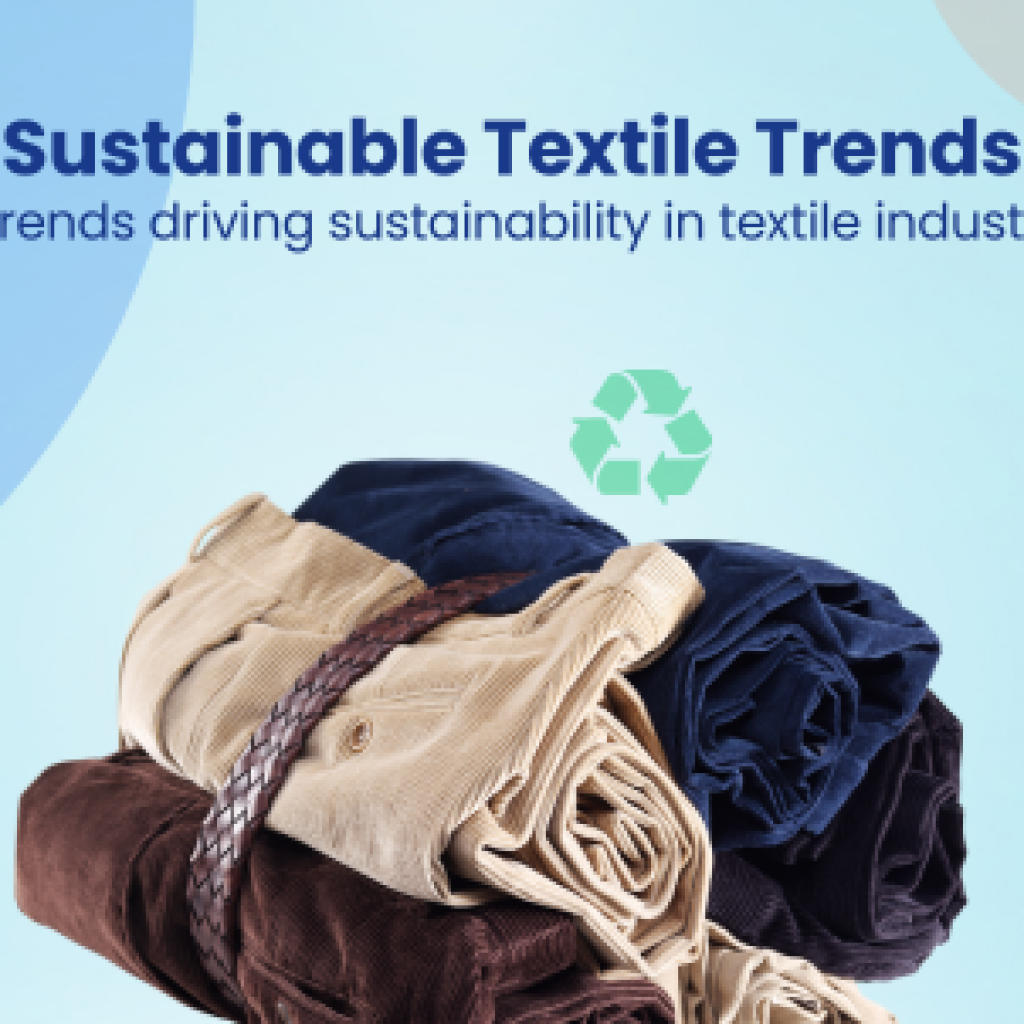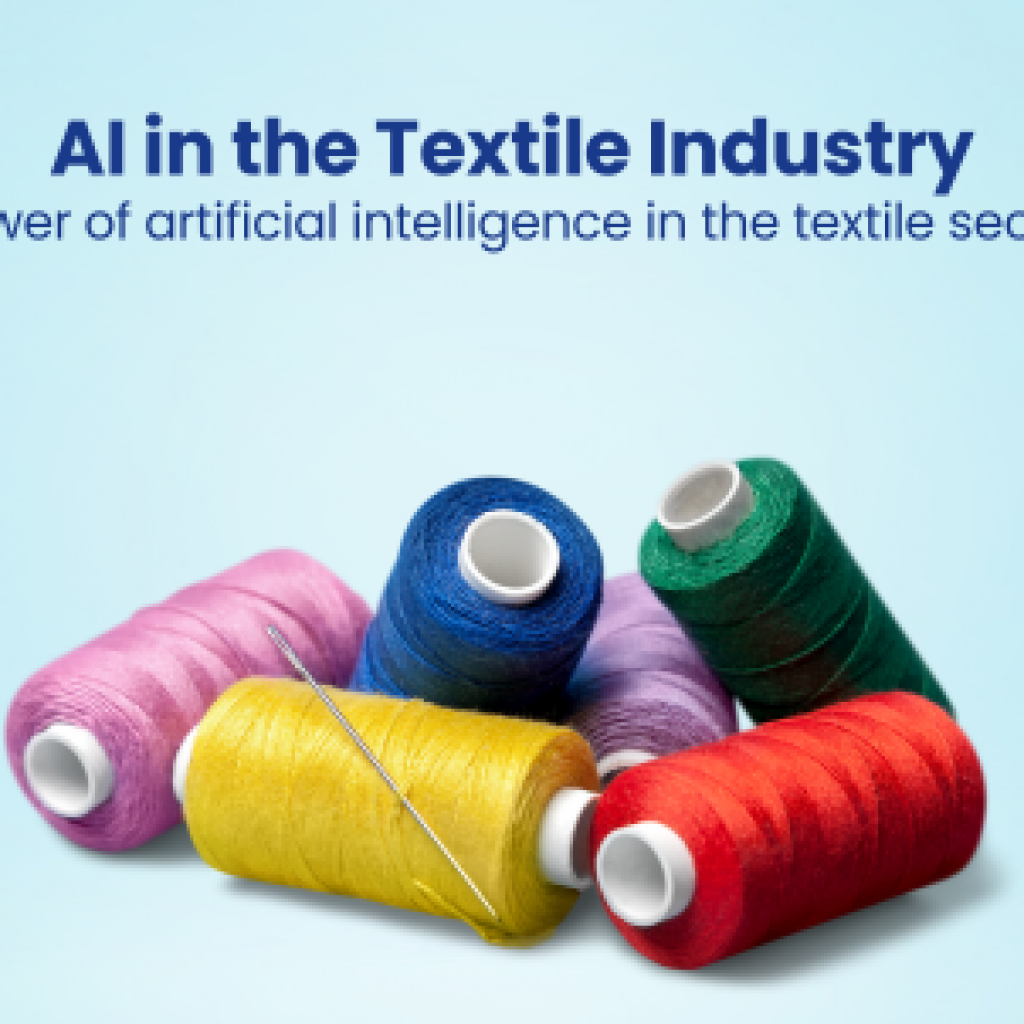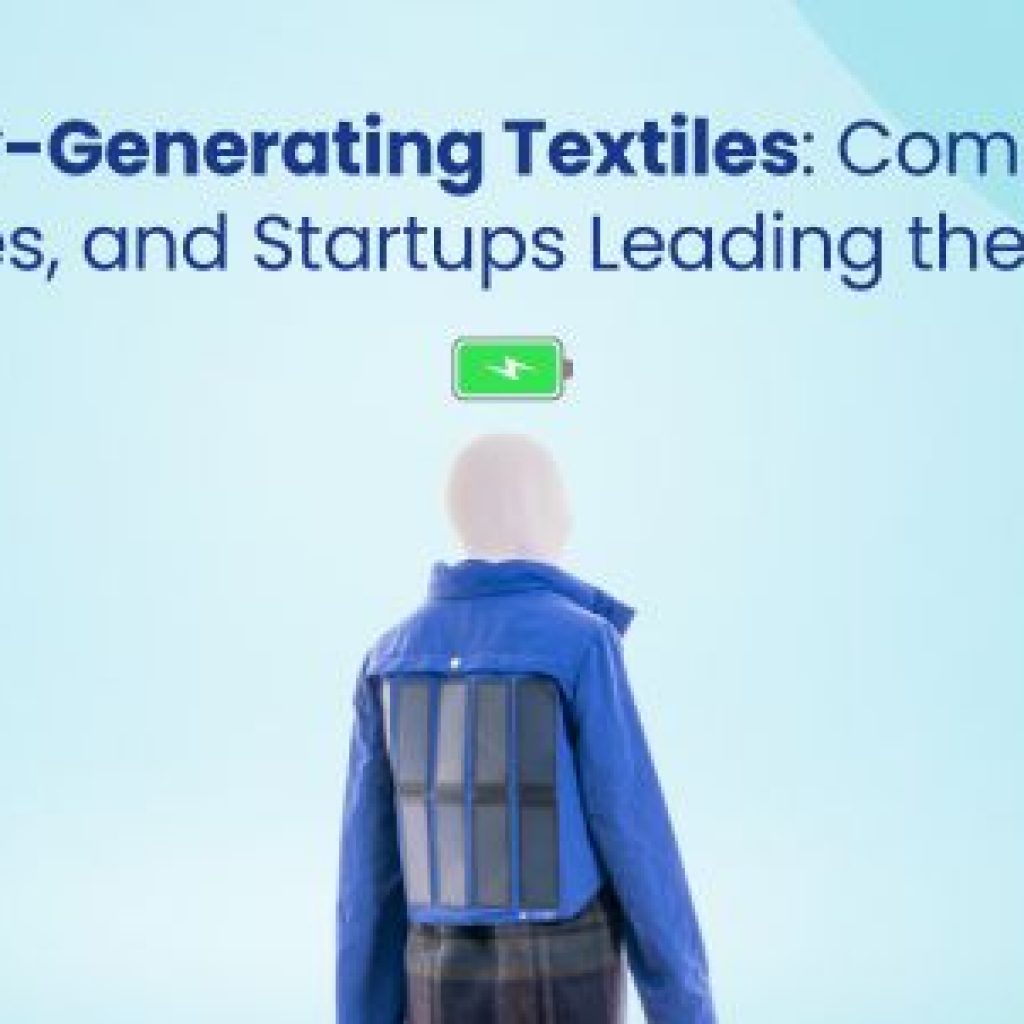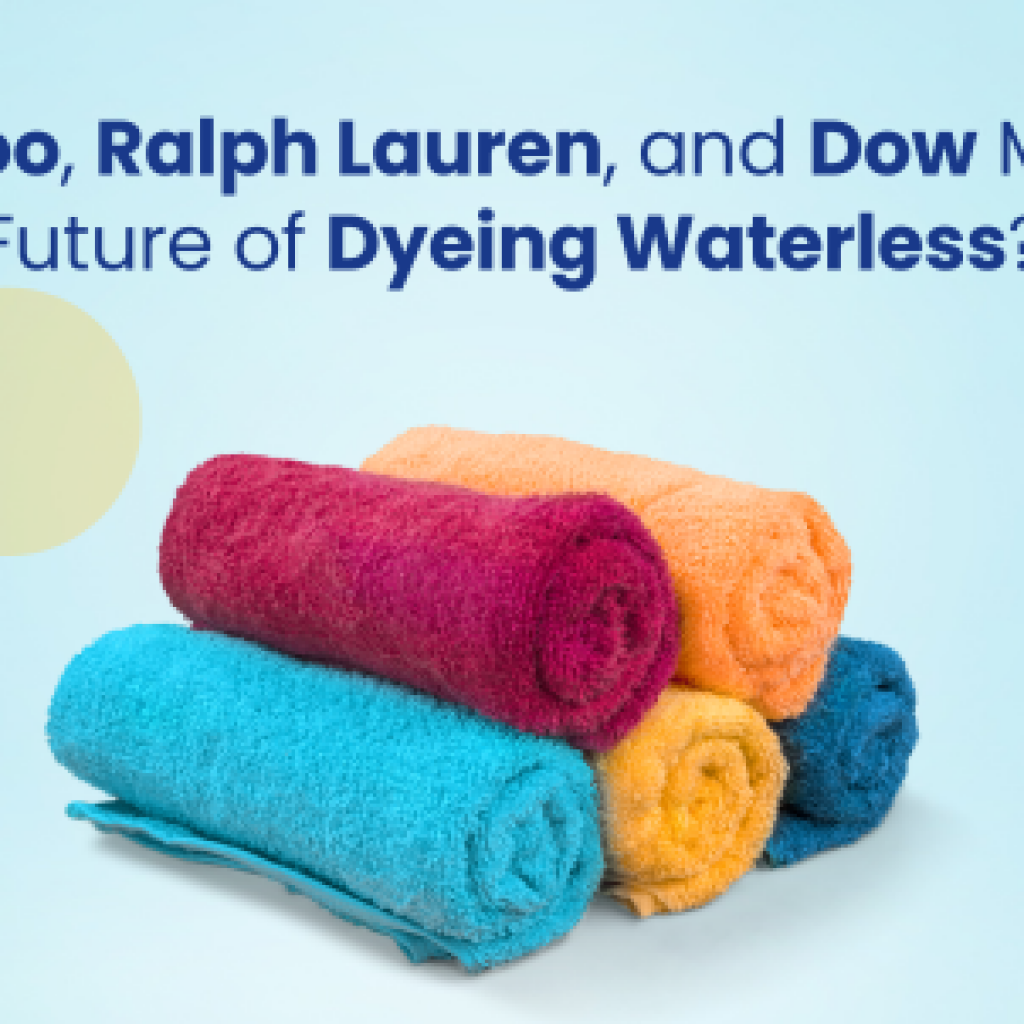Before the pandemic, the CAGR of patent filing in medical textiles was ~12.5%. Post-pandemic, it increased to 42.6%.
The healthcare sector is advancing in many aspects, including smart devices, surgical robots, AR/VR consultation, etc. Medical textiles are one such aspect where we observed tremendous growth in innovation. As we uncovered these innovations, we saw many companies, even the ones unrelated to healthcare or textiles, planning to get the upper hand in the industry.
So, what does the future of medical textiles look like? Let’s find out.
How’s the Medical Textiles Industry Shaping up?
Looking at the innovations in this space, it becomes clear that the research has exponentially increased post the pandemic.
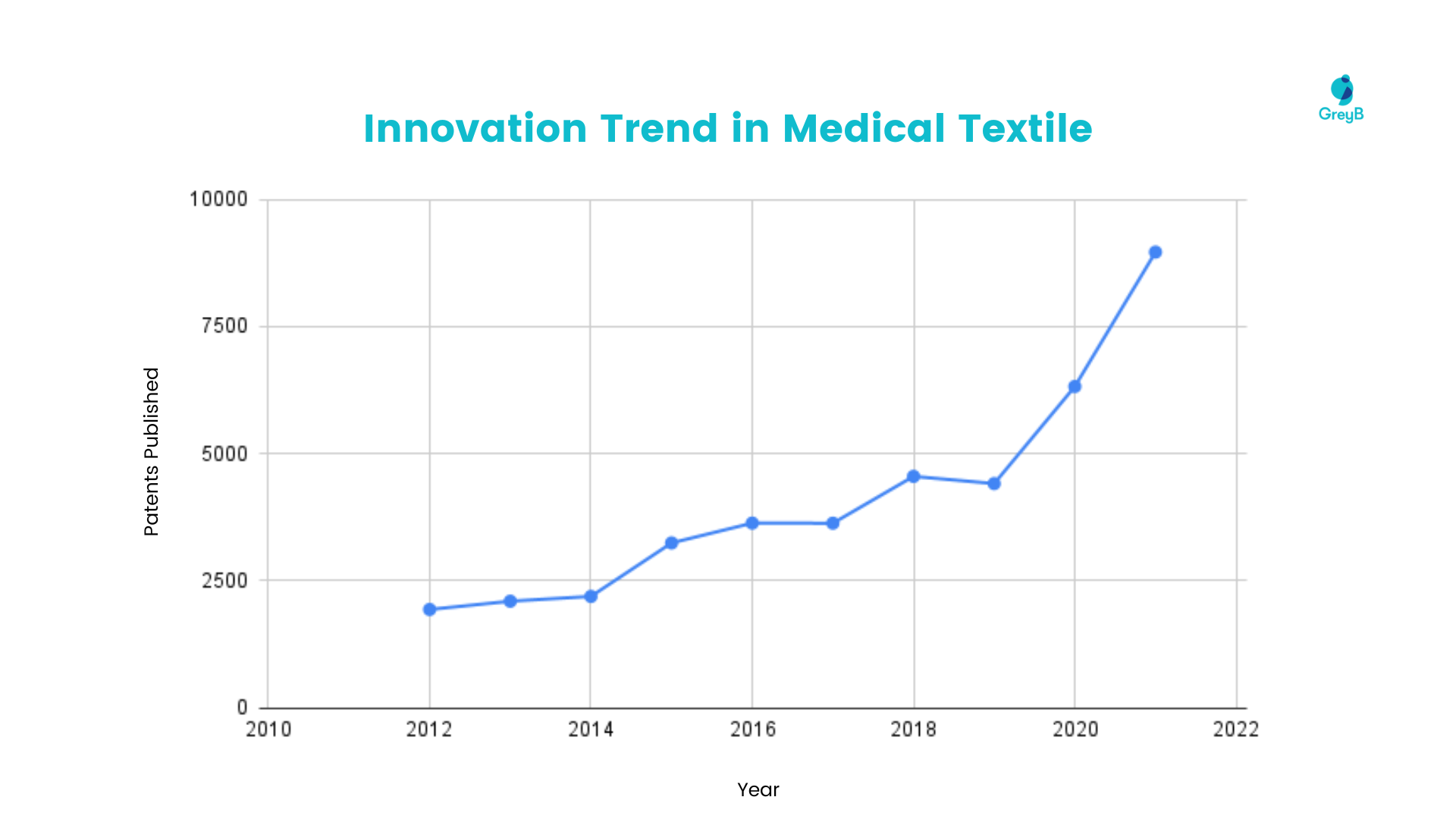
The awareness of medical textiles is also increasing among consumers. Google trends show that more and more people from the US, Europe, and Asia are actively searching for medical textiles.
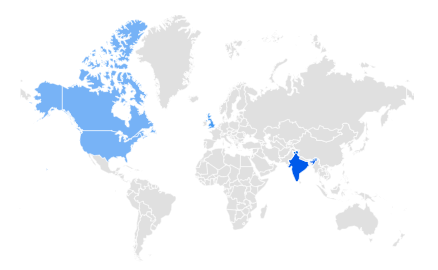
Taking a deeper dive into the innovations in medical textiles worldwide, we looked into country-wise patent publishing data.
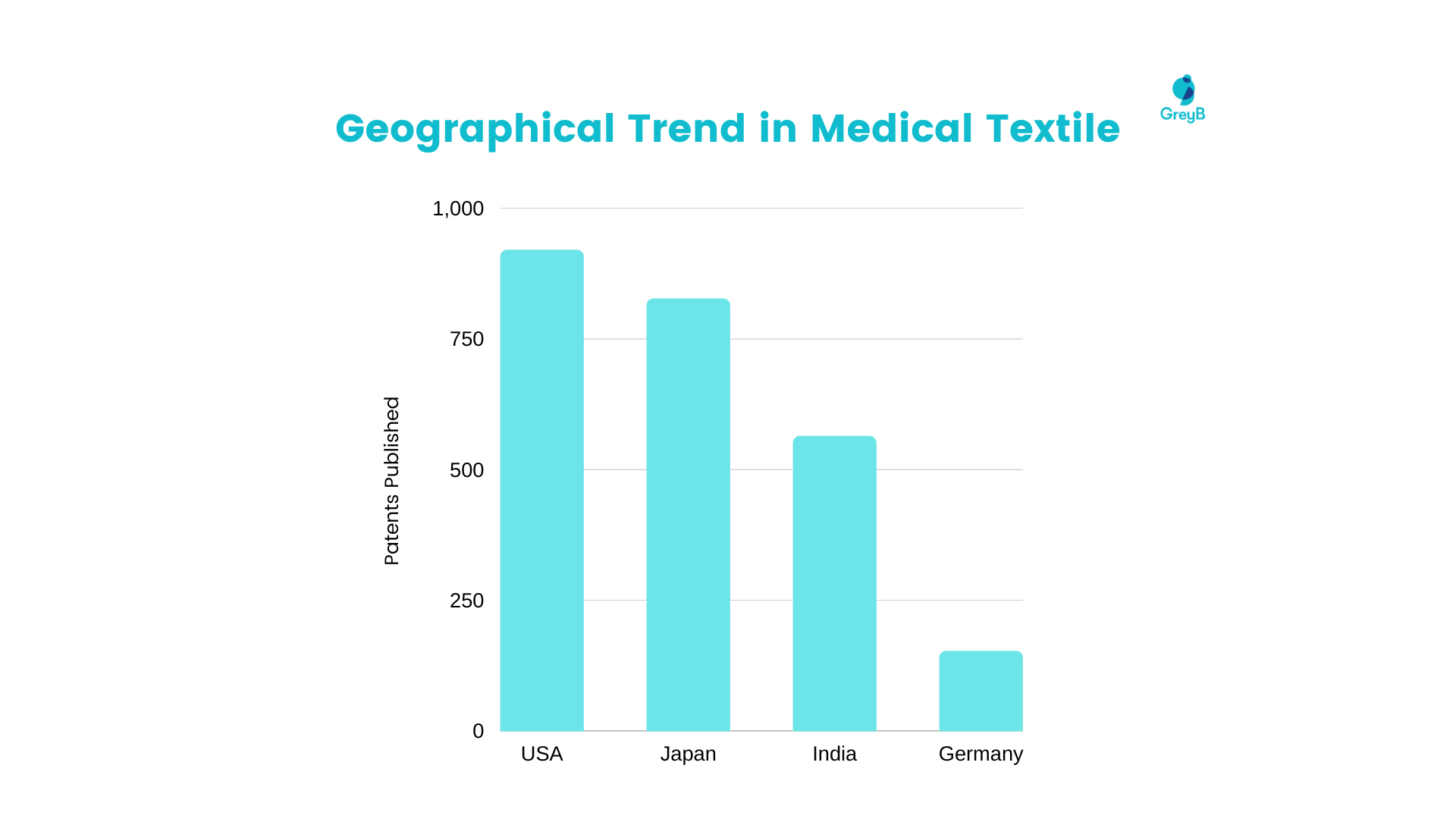
According to patent publishing data, the USA, Japan, India, and Germany are the top four countries where innovations in medical textiles are on the rise.
This reflects that these countries are where consumer interest and innovations are increasing.
The extent of the growth is towards constant improvements and innovations in both textile technology and medical procedures. They are used in several separate and specialized applications, focusing on products used in healthcare, such as prevention, care, and hygiene.
This article briefly summarizes our report on Medical Textile trends.
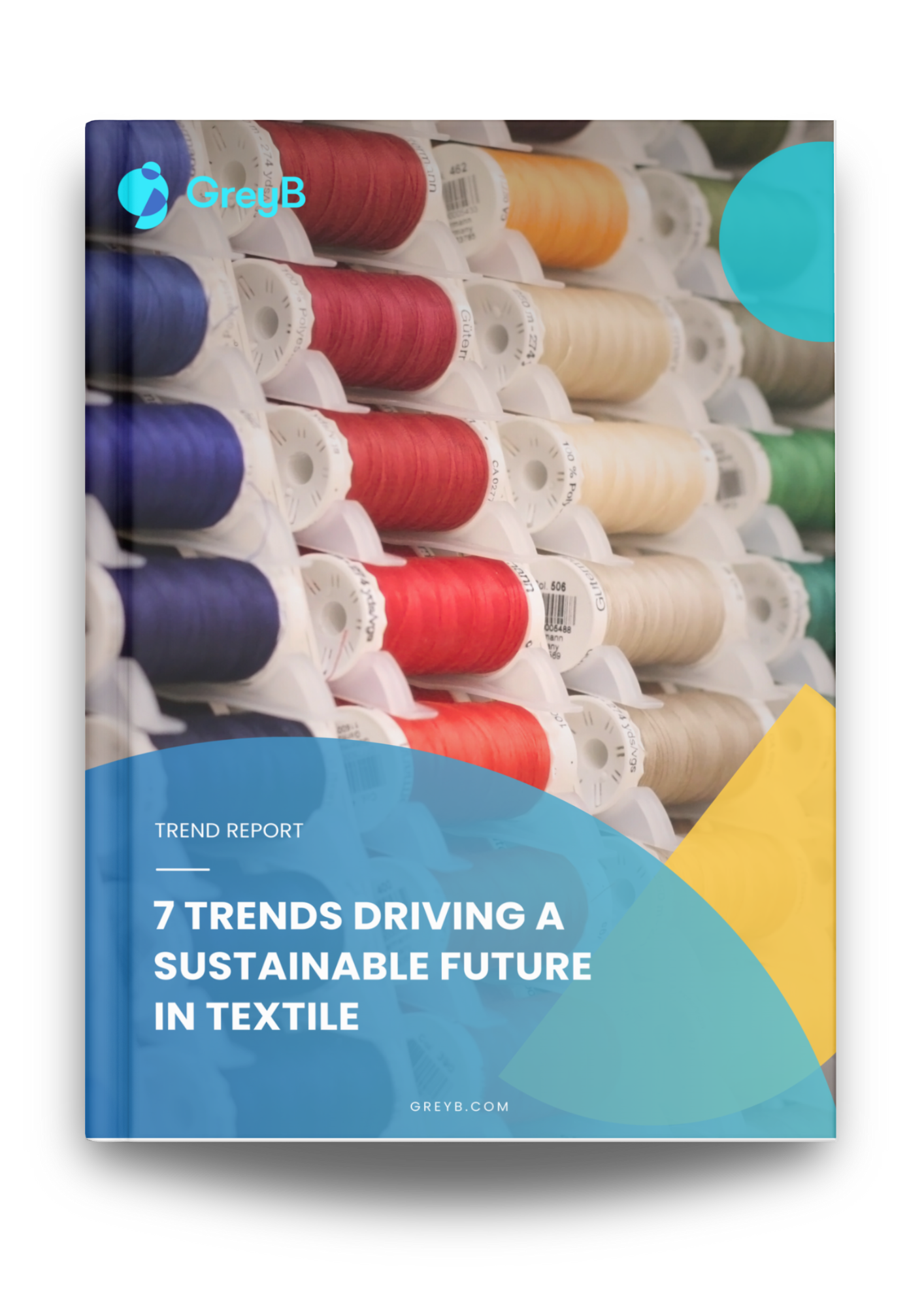
1. Sensor-Based Smart Medical Textiles
As the name suggests, these textiles are embedded with sensors that can monitor and analyze the patient’s health reports and prescribe the dosage and medicine accordingly.
One such example is a wound healing bandage that can apply a healing solution based on the type of wound it detects. These textiles can continuously monitor patients’ biological parameters.
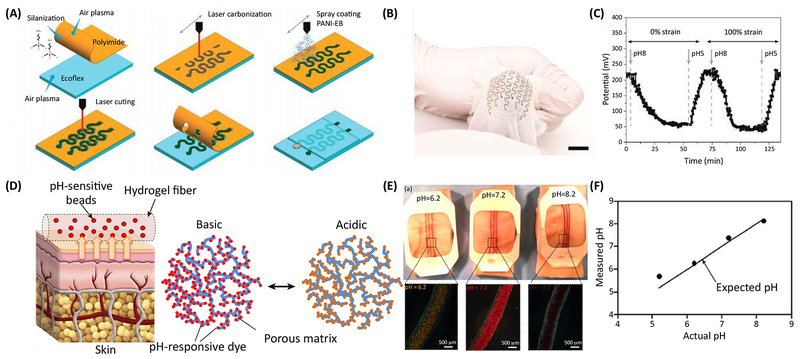
The smart fabrics market in the healthcare segment is expected to reach 1 Billion USD by the end of 2024. As a result, we see a lot of entities innovating in this space. Some of the names include giants like Apple, Samsung, and Adidas. Many startups and universities are doing groundbreaking work on sensor-based smart medical textiles. We’ve discussed them in detail here.
Interestingly, we saw non-core companies from Japan actively researching the domain. One of the prominent names was Yamaha. Could Japan be a good market for sensor-based smart medical textiles?
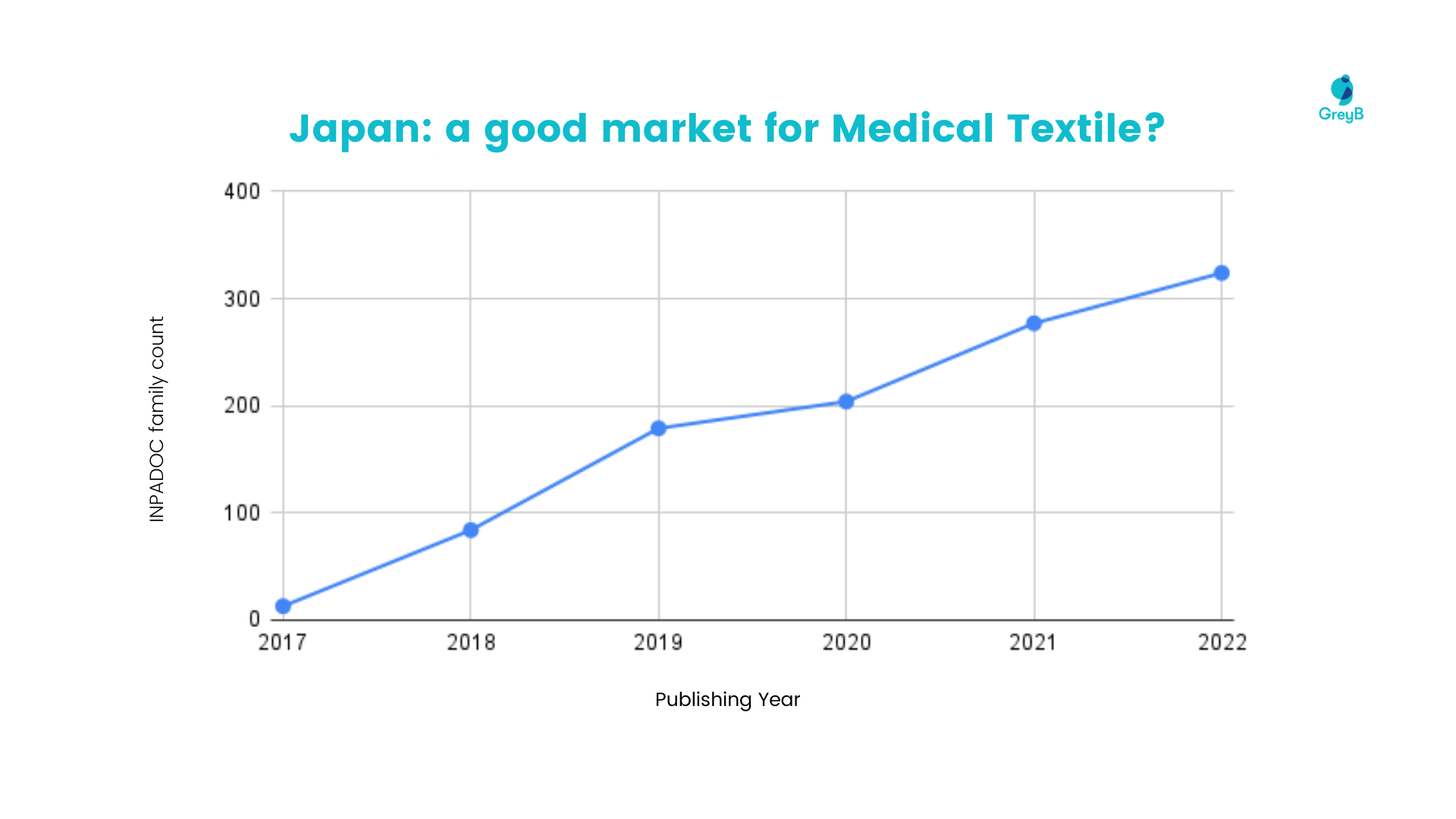
2. Antimicrobial Medical Textiles
The use of sanitizers and surface disinfectants has become common post-pandemic. However, the healthcare industry is taking a step further to make antimicrobial fabrics that may kill microorganisms or inhibit their growth.
These textiles can be antibacterial, antifungal, and antiviral.
While the textiles can be made of polyester, polyamide, cotton, polyester-vinyl composites, vinyl, and acrylics, the cotton segment is projected to be the largest in antimicrobial clothing.
Examining patent trends, we observed that approximately 70% of patents related to antimicrobial textiles mention face masks as an application. Additionally, among the patents published over the last five years, ~25% of the research focused on improving the washability factor in these textiles.
This hints at the growing concern for sustainability among consumers, and companies are now seeking cloth-based antimicrobial masks that can be used multiple times.
While many core and non-core companies, startups, and universities are collaborating to innovate in the antimicrobial medical textile domain, one notable name we found is Xerox.
Intriguingly, Xerox has a patent that claims that a metal-ion polymer could be incorporated with “textiles” to provide anti-bacterial activity.
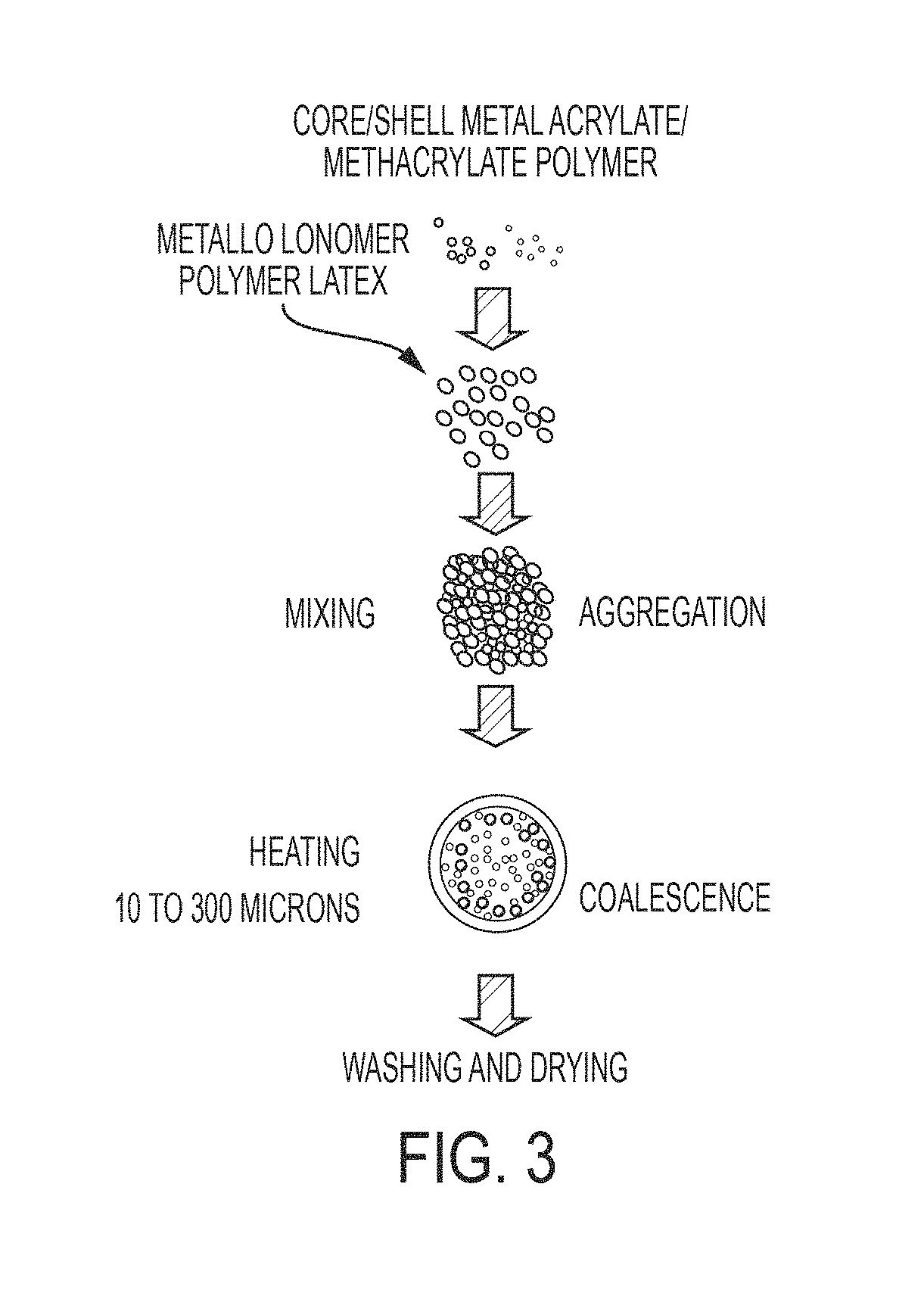
Do you think Xerox will expand its business?
Well, our experts say this patent may soon be up for grabs. So if you want to acquire a patent and get an in on Antimicrobial textiles, here’s a great opportunity for you!
We also saw Japanese companies collaborating with universities to innovate and stay ahead of the competition. We have discussed them in detail in our detailed article on Antimicrobial Medical Textiles.
3. Compostable Medical Textiles
As sustainability becomes a consideration, so too does reducing the pollution caused by PPE kits and face masks. The next research trend we observed in medical textiles was the development of compostable medical textiles.
The last two years have been no less than a ride to hell. But as the clouds of the virus threat cleared up, we saw piles of non-compostable PPE waste made from plastics (such as polypropylene and polyethylene terephthalate) worldwide.
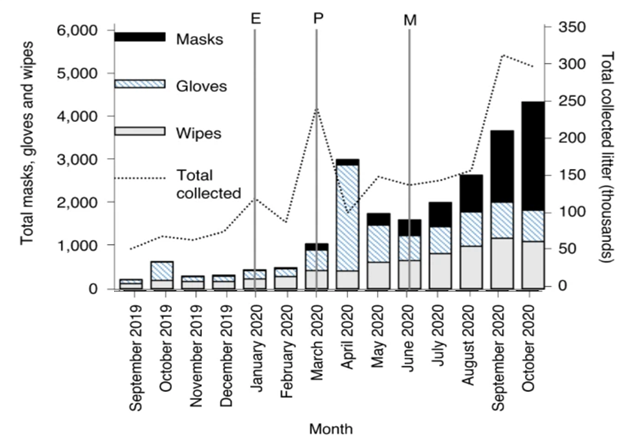
The litter caused by masks showed the greatest change since the pandemic, resulting in an 84-fold increase. Such staggering amounts of waste have led to global awareness of bringing compostable medical textiles into the picture.
Looking at recent patent filings, we found that research is scattered across a range of challenges, including replacing raw materials with natural substitutes, ways to recycle efficiently, and improving biodegradability and mechanical properties, among others.
Out of these challenges, the following two challenges have taken the front seat-
- Maintaining the mechanical properties of these fabrics while making them compostable.
Entities such as Kingfa Science and Technology, Planet Home, the University of the West of England, and Lodz University are working on enhancing mechanical properties.
- Upcycling the PPE kits
Universities such as CSIR-National Chemical Laboratory, IIT Ropar, Hochschule Niederrhein University of Applied Sciences, and some companies (such as Reliance, Barco One, etc.) are exploring this area.
We checked the patents of the top six players. Oddly, we didn’t see many big companies working in this domain. In addition to 3M and Ansell, we see numerous startups taking the lead in innovations in compostable medical textiles.
Other big players may soon follow suit. As a result, we may soon see a lot of collaborations happening in this space. Are you looking to collaborate with universities or startups working in the field of medical textiles? We can find them for you.
Conclusion
Medical textiles are not just a trend but a need of the hour. We believe that, in the coming years, we are likely to see a surge in the volume of innovations that will enhance the future of healthcare worldwide.
Through a deeper analysis, every aspect of these trends can provide valuable insights into companies and universities that are working on them. Reach out to get in touch.
How Can We Help You?
We support industry-leading R&D and Innovation professionals through complex problems. Describe your challenge, and let us bring clarity and expertise.
Authored By: Ambuj, Navjit, and Sushant, Patent Intelligence
Edited By: Nidhi, Marketing
Also Read: 5 trends in the textile industry steering a sustainable and tech-driven tomorrow.


